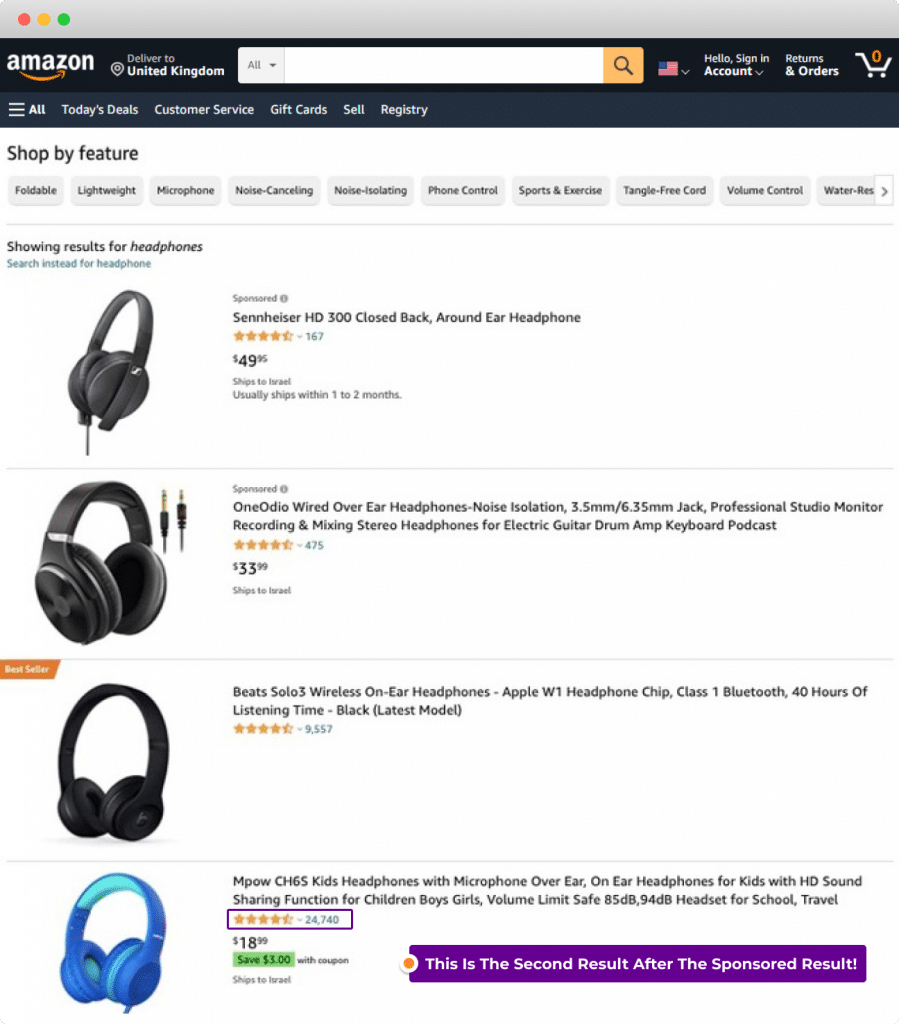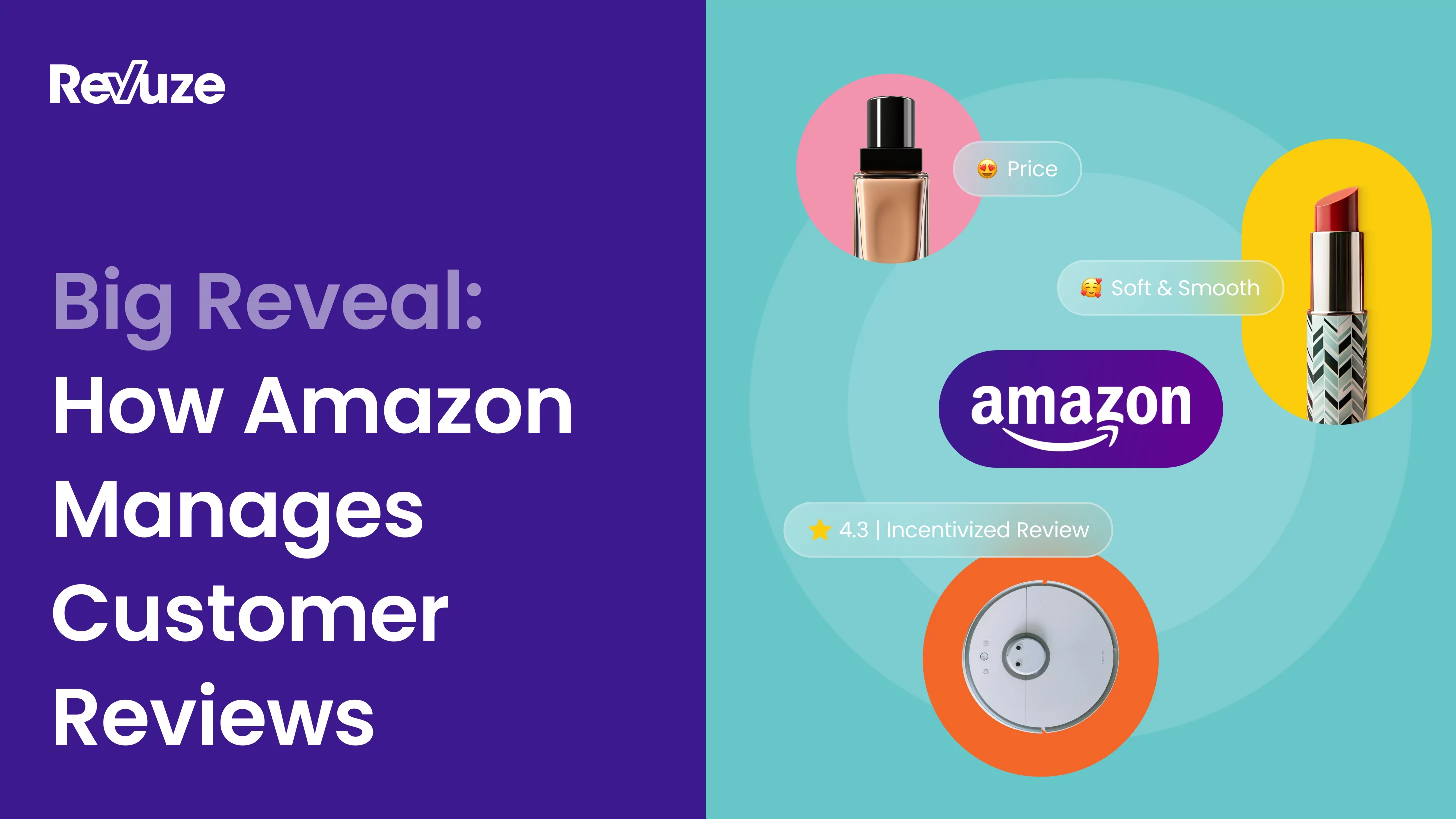
WTF Is Feature Marketing Strategy?
As marketers, we are immune to all kinds of brand marketing – in some cases, I even find myself browsing the internet and not noticing a single ad even with my adblocker turned off.
But when I looked for a new noise cancelation headset, I was intently looking for ads and reading all kinds of marketing material (let’s be honest most review websites are marketing / affiliated content). Eventually, I zeroed in on two well-known headsets, but then I remembered writing an article on how brands like Cowin outperform the leading brands.
So I opened my eyes and concentrated on an MPOW headset, and compared to the legacy brands that focused on the experience and the brand itself, MPOW content was focused solely on their features. This helped me realize that if you compare the features, they stack up quite well against the legacy brands at a third of the cost, so I said heck yeah, let’s get it. To be clear, I have no relations with MPOW – this is my opinion on their approach to marketing.

Digitally savvy brands focus on feature marketing strategy and leverage consumers’ wish lists of favorite features in a product by marketing those very features rather than marketing the brand or product itself. Just as smaller brands skipped the brand and product marketing, other brands can head straight for feature marketing when they know which features to market.
A brand can employ opinion mining in which AI pulls subjective statements, or consumer reviews, about the features of a product on a massive scale, providing valuable insight into consumer preferences. Tapping into eCommerce reviews on a large scale while extracting unique topics is also known as sentiment analysis.
Feature Marketing Explained
After analyzing more than 1.2 million consumer reviews from a variety of online sources during a three-year time span, the Wireless Headphones 2019 Recap Report lists the top ten topics by importance in the wireless headphone market. Of these top ten topics, the report dives into the battery feature, comfort feature, and noise cancellation feature of wireless headphones.
Knowing the importance of good battery life, smaller headphone brands can not only leverage this insight from big data to feature market their product’s battery life, but they can also apply this knowledge to improve their product, building brand loyalty in the process. The wireless headphone report found more than 250,000 useful quotes regarding comfort. Understanding the importance of comfort to consumers, smaller brands can make changes to their design accordingly.
Small brands of wireless headphones can use big data to understand exactly what consumers are looking for. These brands can also invest their attention and effort in creating a good product rather than spending their time and capital on marketing the brand or even marketing the product.
Focusing on feature marketing is not just for wireless headphones. Any brand can tap in to big data to understand consumer preferences and invest energy in building a better product based on those preferences. Sentiment analysis is not exclusive to wireless headphones.
New brands have discovered the power of big data by drilling down into eCommerce reviews not only for their own products but for their competitors’ products, as well. Harnessing the power of millions of reviews makes feature marketing highly effective. Customers buy a product’s features – they don’t buy the brand image!
By collecting and analyzing eCommerce opinions, brands can use big data to understand exactly what consumers want – straight from their reviews. Automating the process of mining text containing subjective opinions in the form of reviews, algorithms can help brands identify the features consumers discuss most and whether statements are positive, negative, or neutral.
Once a brand analyzes this big data and identifies consumers’ stand on everything from general topics like price to specific topics like noise cancelation, the brand uses these actionable insights to guide their efforts in creating a good product rather than invest their efforts in marketing the brand.
Conclusion
Whether a brand wants to launch a product, improve a product, or simply market a product, feature marketing based on big data insights can help a brand grow quickly. Brands can focus solely on creating a good product until they eventually become household names.
 All
Articles
All
Articles Email
Analytics
Email
Analytics








 Agencies
Insights
Agencies
Insights